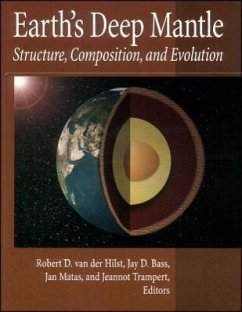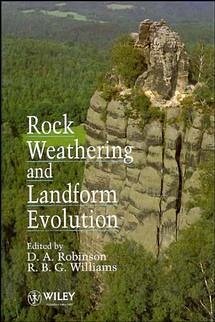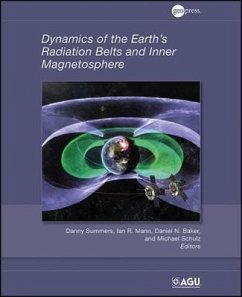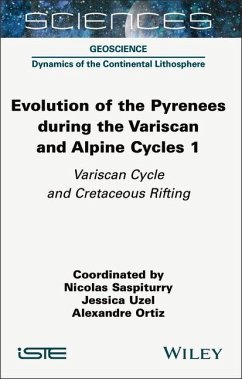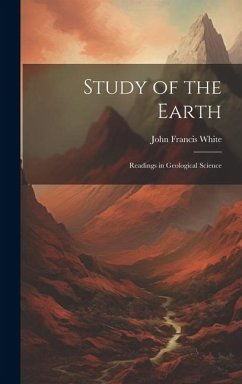Nicht lieferbar
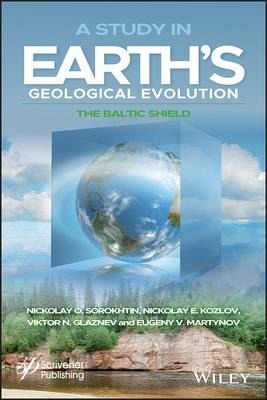
A Study in Earth's Geological Evolution
The Baltic Shield




A Study in Earth's Geological Evolution
Nickolay O. Sorokhtin, PhD, is Chief Researcher at the Shirshov Institute of Oceanology and the Geological Institute of the Kola Science Center in the Russian Academy of Sciences, and he is a professor at the Moscow Institute of Physics and Technology and Murmansk State Technical University. He has written more than 180 scientific articles and nine monographs. He is the author of The Origins of Natural Diamonds and co-author of The Evolution of Earth's Climate, also available from Wiley-Scrivener. Nikolay E. Kozlov, PhD, is a professor and the Director of Geological Institute of the Kola Science Center in the Russian Academy of Sciences. He has written more than 200 scientific articles and seven monographs. Viktor N. Glaznev, PhD, is the Head of the Department of Geophysics at Voronezh State University in Russia and lead fellow at the Geological Institute of the Kola Science Center in the Russian Academy of Sciences. He has written over 300 scientific articles and 14 monographs. Eugeny V. Martynov, PhD, is senior research fellow of the Geological Institute of the Kola Science Center in the Russian Academy of Sciences. H has written more than 140 scientific articles and two monographs.
Produktdetails
- Verlag: Wiley
- Seitenzahl: 608
- Erscheinungstermin: 9. September 2020
- Englisch
- Abmessung: 231mm x 152mm x 38mm
- Gewicht: 998g
- ISBN-13: 9781119650973
- ISBN-10: 1119650976
- Artikelnr.: 57121905
Herstellerkennzeichnung
Libri GmbH
Europaallee 1
36244 Bad Hersfeld
gpsr@libri.de
Für dieses Produkt wurde noch keine Bewertung abgegeben. Wir würden uns sehr freuen, wenn du die erste Bewertung schreibst!
Eine Bewertung schreiben
Eine Bewertung schreiben
Andere Kunden interessierten sich für





